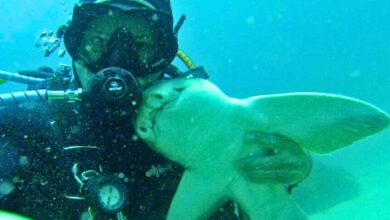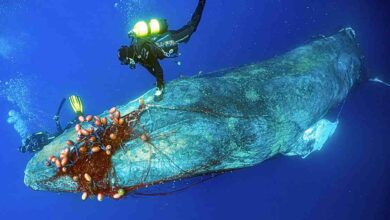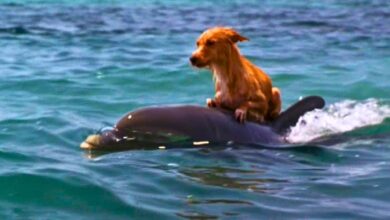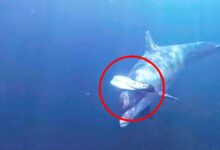Monster Snake-Like Shark from Dinosaur-Era With 300 Teeth Flourished off Portuguese Coast

Deep-sea fishermen recently spotted the snake-like shark (Chlamydoselachus anguineus) in a pile of fish they unintentionally caught, known as bycatch, while they were fishing off the coast of Portugal. The shark died, but the fishermen handed it over to a research vessel, where scientists could study it, according to Boy Genius Report (BGR), a news site.
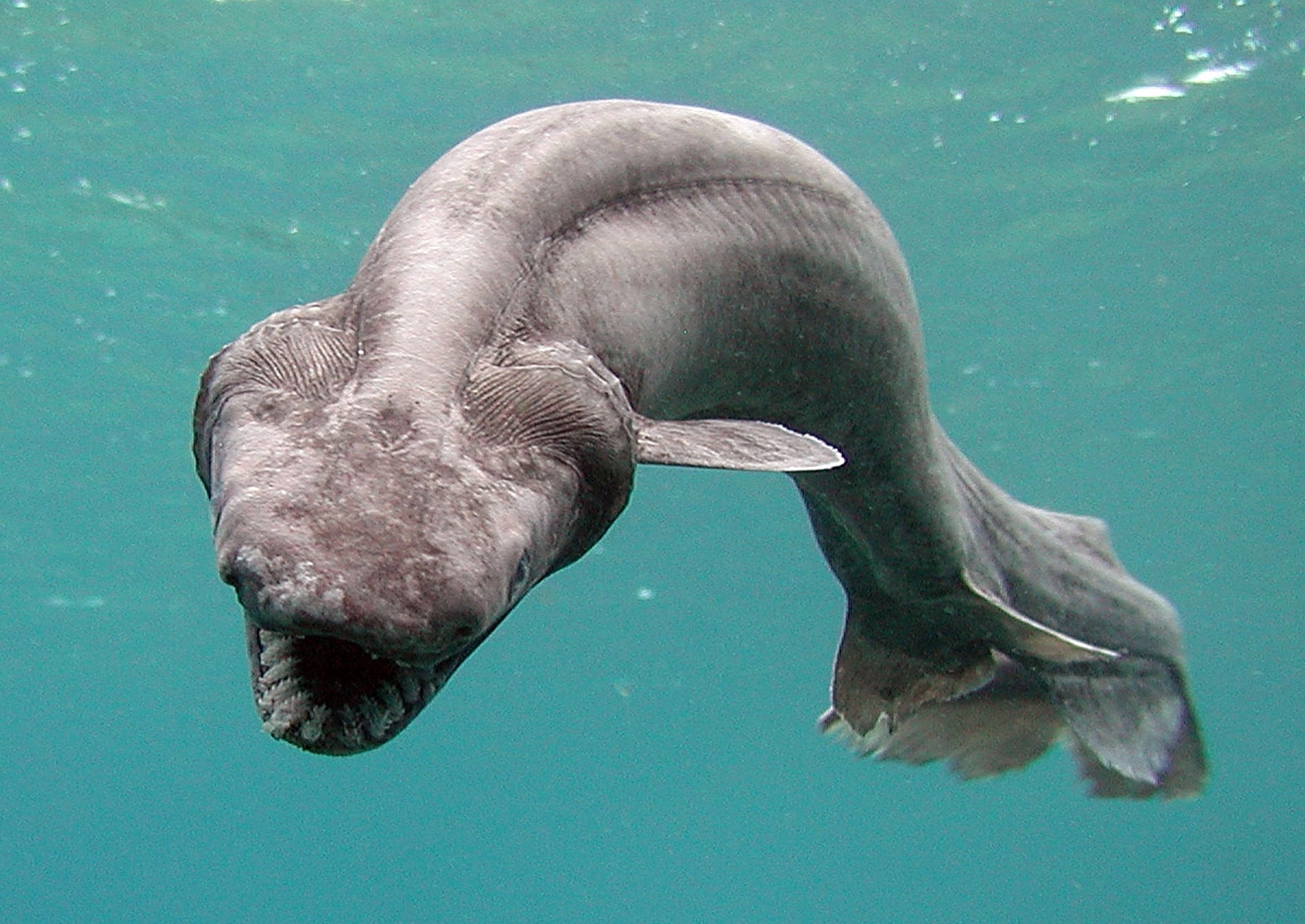
The examination gave scientists a close-up look at the shark’s roughly 300 three-pointed teeth, which it uses to grab and kill prey, including fish, squid and other sharks. [In Photos: Seeing Sharks Up Close]

Margarida Castro, a fishery science researcher at the University of the Algarve, in Portugal, told Sic Noticias, a Portuguese news outlet, said that these strange teeth, arranged in a frill-like pattern, inspired the shark’s name.
The teeth look like backward needles, and its jaw can snatch prey more than half its size.
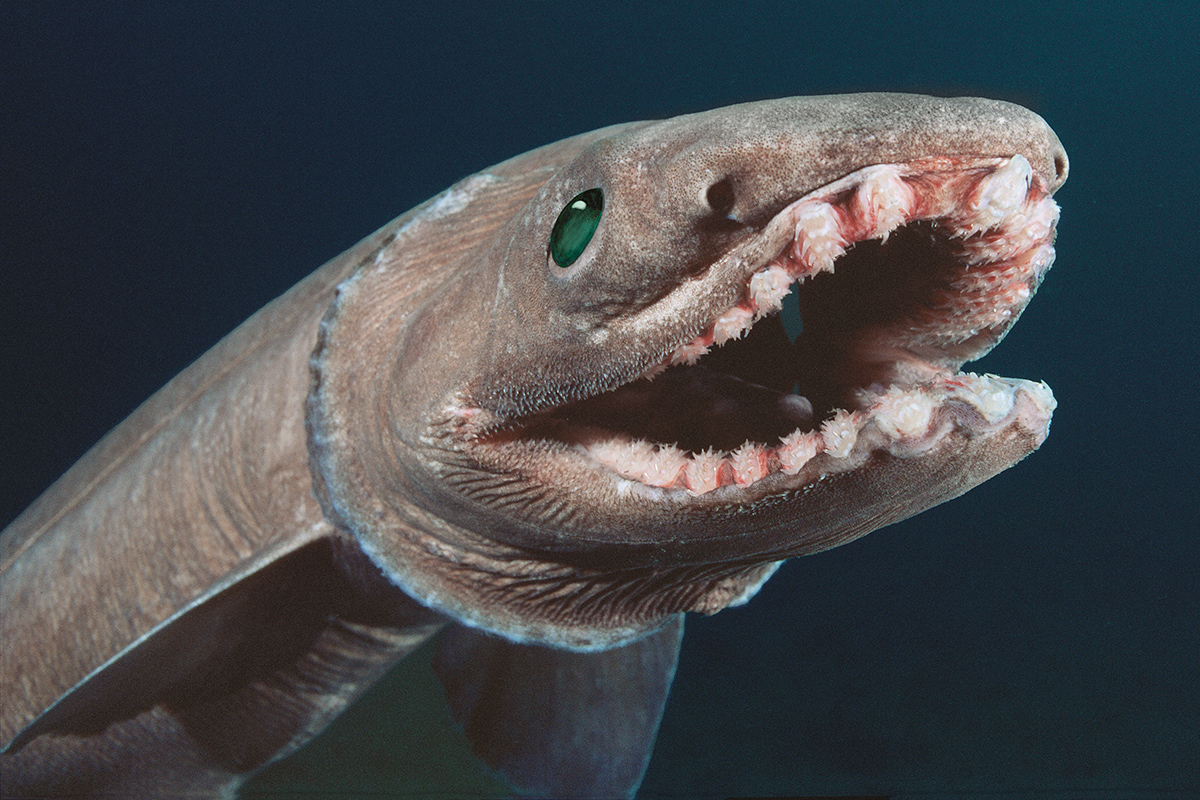
The roughly 5-foot-long (1.5 meters) shark has barely changed in the past 80 million years, earning it a “living fossil” title. The fishermen reported catching the C. anguineus at 2,300 feet (700 m) under water — about half as deep as it can swim, as the species is known to range from about 65 feet to 4,900 feet (20 to 1,500 m) underwater, according to the International Union for Conservation of Nature (IUCN).
These sharks have an incredibly long gestation period lasting between one and two years — a period almost on a par with that of an elephant, according to the IUCN. Moreover, like an elephant calf, these shark pups aren’t small. The pups are born live (as opposed to being laid as eggs) and can measure up to 2 feet (60 centimeters) long, the IUCN said. They are usually born in litters of two to 15 pups, the organization added.

In December 2003, a single trawl caught 34 frilled sharks — 15 males and 19 females — just north of the Azores Islands in the mid-Atlantic Ocean, about 900 miles (1,400 km) west of Portugal. Given that it’s rare to catch C. anguineus, it’s likely that the trawl captured the sharks during a mating event, according to a 2008 study in the Journal of Ichthyology.
Even though both the 2003 catch and the most recent one were near Portugal, these toothy sharks live in both the Atlantic and Pacific oceans, usually near outer continental shelves and the bases of islands, the IUCN said. As an “animal of least concern,” it’s far from endangered, likely, in part, because it’s rarely caught as bycatch. However, when fishermen do catch it, C. anguineus is typically discarded, used as fishmeal or kept for its meat, the IUCN said.


